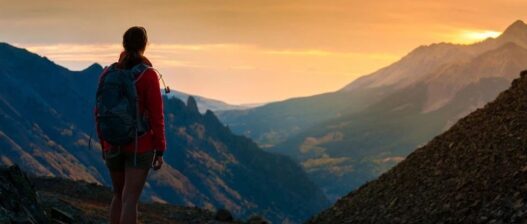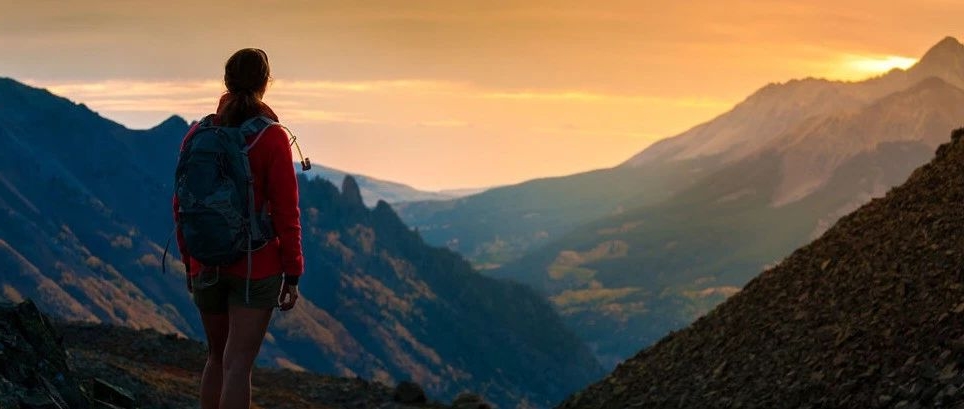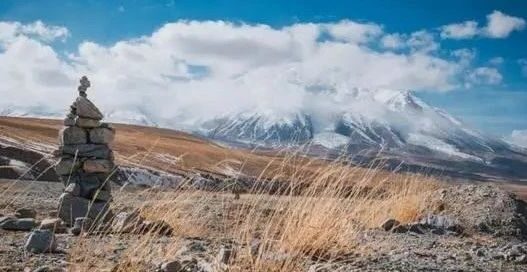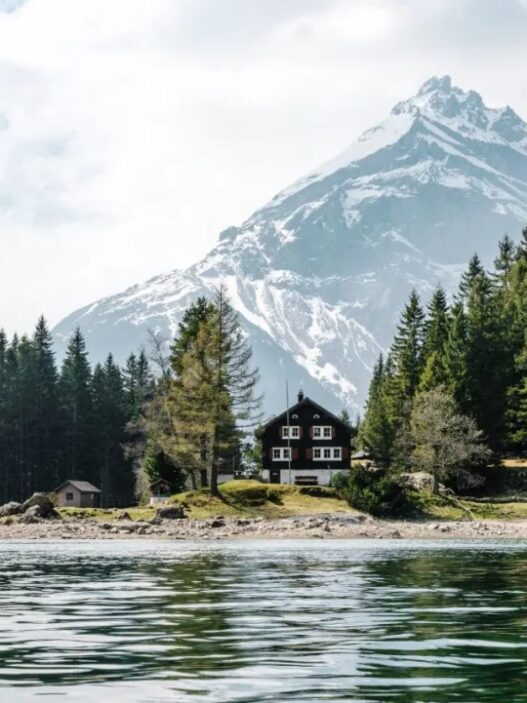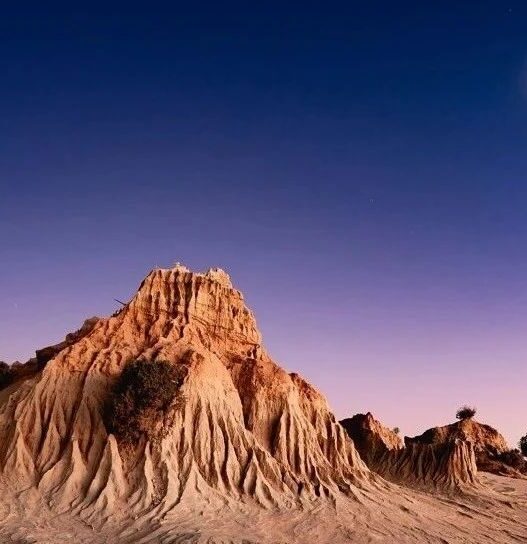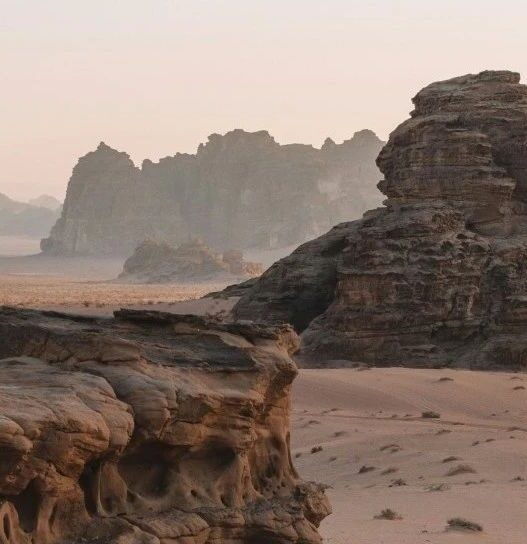Exploring the great outdoors is an incredible adventure, but it also comes with hidden risks. Nature is unpredictable, and small mistakes can lead to dangerous situations. Whether you’re hiking, camping, or trekking, staying alert and prepared is essential. Here are 12 crucial things NOT to do in the wild—ignore them at your own peril.
1. Avoid Crossing Rivers After Heavy Rain
After a downpour, river currents can become dangerously fast, and murky waters make it impossible to judge depth or obstacles. If crossing is unavoidable, use a safety rope and choose a wide, shallow, and slow-moving section. Holding onto a large rock while walking heel-to-toe can help maintain balance.
2. Avoid Small Steps on Steep Slopes
Taking tiny steps on steep terrain increases the risk of slipping. Whether climbing up or descending, use side-stepping techniques and lower your center of gravity. A deep squat position or controlled side-pressure steps can improve stability.
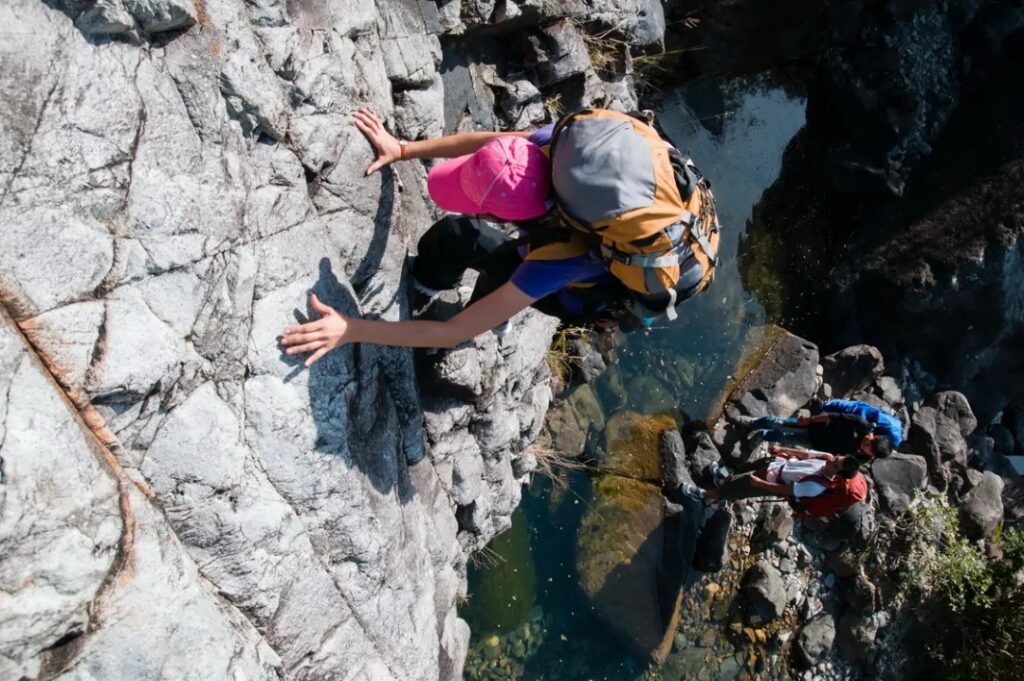
3. Never Run Downhill While Carrying a Heavy Load
Momentum builds quickly when carrying a heavy backpack, making it easy to lose control. Instead, take slow and steady steps, ensuring a safe descent.
4. Avoid Hiking Alone—Especially for Women
Solo hiking can be peaceful but is also risky, especially in isolated areas. Always hike with a partner or inform someone of your route before setting out. For women, hiking in a group adds an extra layer of security.
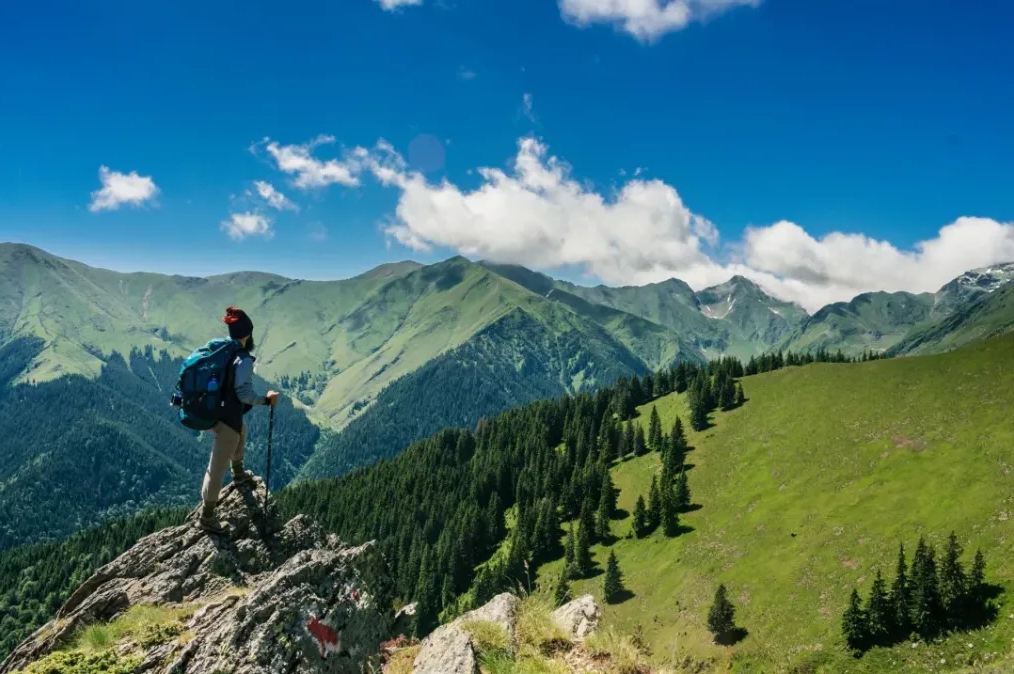
5. Keep Your Shoe Soles Free of Mud and Debris
Mud, wet leaves, snow, or sand reduce traction, increasing the chance of slipping. Regularly clean your shoes to ensure maximum grip, especially when navigating rocky or icy paths.
6. Never Step on Unfamiliar Ground
Areas covered in thick grass, bushes, or moss may conceal holes, cliffs, or even sinkholes. If visibility is poor, find an alternative route rather than stepping into unknown terrain.
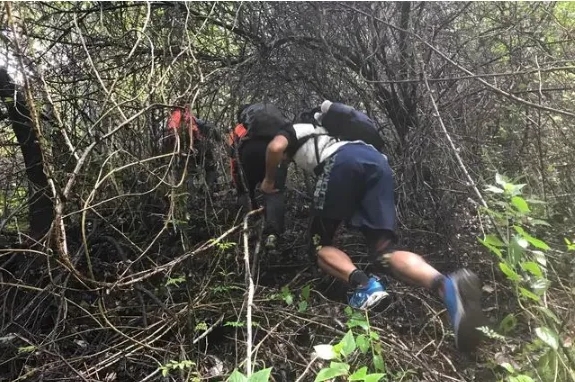
7. Maintain Distance When Walking Through Dense Forests
Branches and thorns can swing back unexpectedly, injuring those behind you. Keep a safe distance from fellow hikers, wear protective eyewear (like sunglasses), and use a hat brim to shield your face.
8. Don’t Rely on Weak Branches for Support
Using dead branches or loose vines for support can lead to dangerous falls. Instead, use hiking poles or grab sturdy branches thicker than your thumb that are well-rooted in the ground.
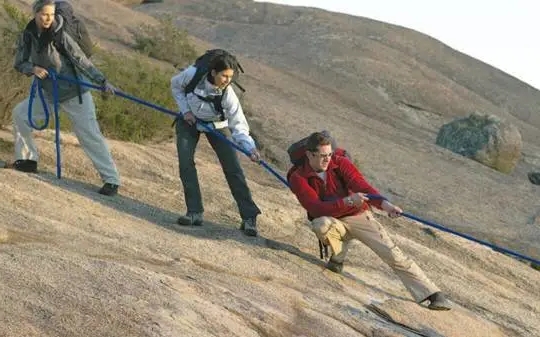
9. Never Pull Someone Up by Hand—Use a Secure Grip
If helping someone up, grabbing their wrist is safer than holding their hand. For extra security, anchor yourself to a stable object or use a climbing rope before assisting.
10. Maintain Safe Distance in Rockfall-Prone Areas
When hiking on loose rock, scree slopes, or icy surfaces, avoid staying too close to others. Falling debris can cause a domino effect, so keep a distance of at least two body lengths between hikers.
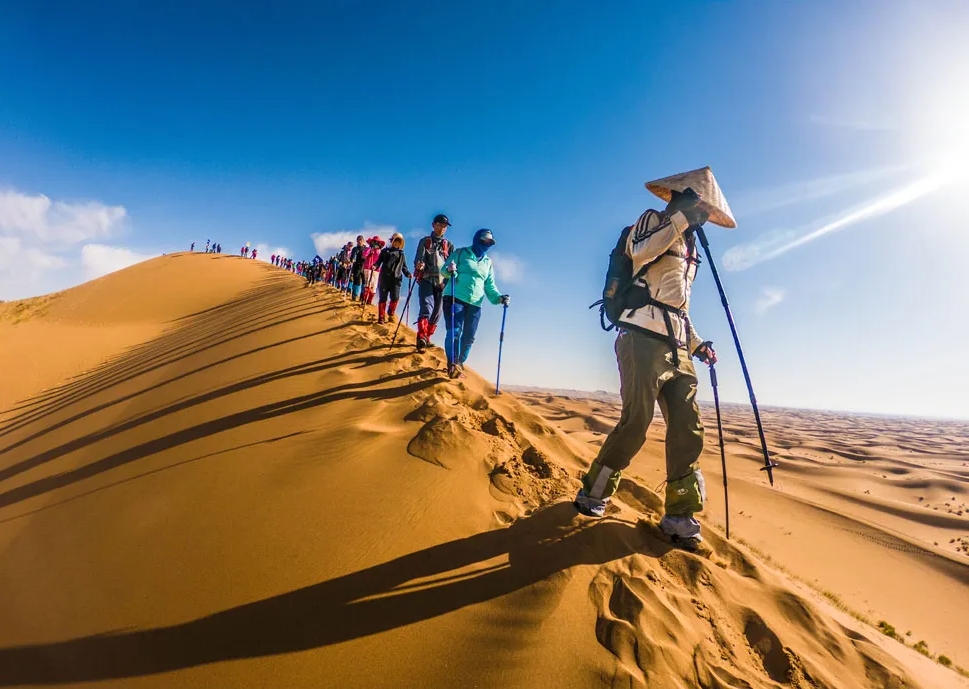
11. Don’t Choose a Leader Based on Instinct Alone
Your trip leader’s experience can mean the difference between safety and disaster. A good leader understands the route, adapts to hikers’ stamina, and sets a balanced pace. Before joining a group, research the leader’s credentials instead of blindly following.
12. Fearlessness Can Be Deadly
Courage is essential in the wild, but overconfidence is dangerous. Respect nature’s power, anticipate risks, and always prepare for worst-case scenarios. Many outdoor accidents happen because hikers underestimate the environment—a false sense of security can be fatal.
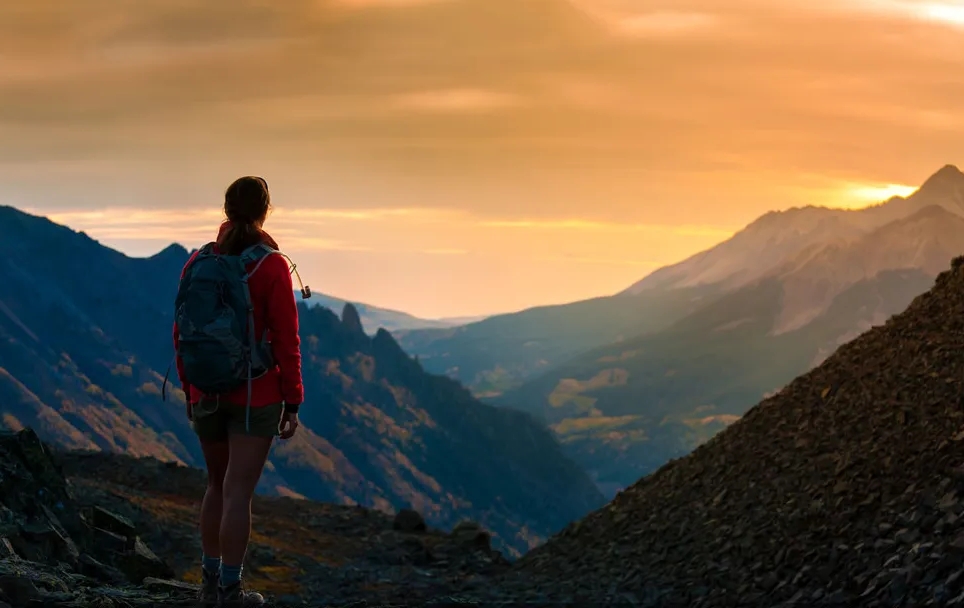
Final Thoughts: Stay Alert, Stay Safe
Outdoor adventures are exhilarating, but safety should always come first. By avoiding these common mistakes, you can minimize risks and fully enjoy nature’s beauty. Whether you’re a beginner or an experienced trekker, remember: nature rewards those who respect it.







